The path from action-MMO to mobile strategy: the history of Navy Power development
At the end of December, the hardcore mobile strategy Navy Power: Warships from ONI Studio was released on the App Store as part of the softlonch. We talked with the producer of the project, Pyotr Prokhorenko, about the history of game development and about the features of the genre.
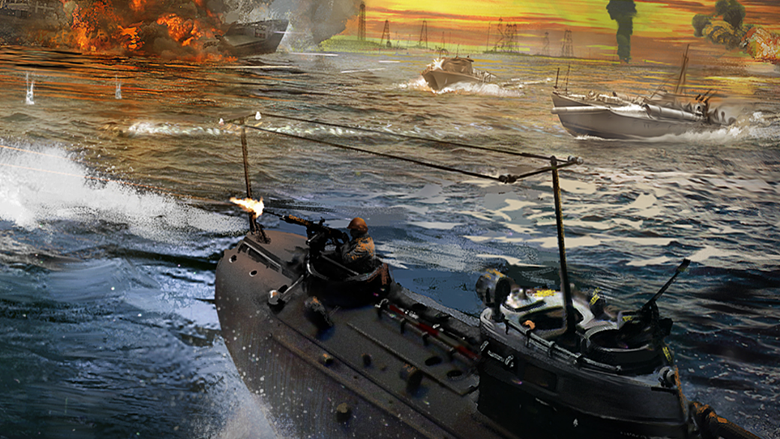
Let’s start with the history of the project. What is the background of the project?

Peter Prokhorenko
The story is long and full of a kind of drama. Initially, this game was an action-MMO. It was launched in winter-spring 2015. The project investors were dissatisfied with the results of the launch and began to look in St. Petersburg for expertise or someone who would advise what to do with the project.
Initially, Volodya Belyaev, who had previously worked with me at Nival (was the technical director of the studio), came to this position. He called me after a while. Together with two other guys, we made an assessment of the current state of the project, communicated with investors on how to further develop it, what to do to solve existing problems.
The game at the time of evaluation was launched in the late alpha stage. The battle mode was relatively ready (you could ride boats and shoot), everything was much worse in the meta-game and monetization. Plus, a large number of all sorts of childhood illnesses related to the fact that the game was on the OGRE engine (by the way, “Steel Monsters” were made on the same engine at the time – that’s such a funny parallel).
What exactly was the game?
According to the concept, something close to World of Tanks, only instead of tanks – boats. The swing was huge, but neither the development team nor the investor had a clear understanding of how much money, effort and what level of specialists were needed to bring the game to release. And in the project it was necessary to recycle whole blocks in order to reach an acceptable level of quality.
What was the platform?
The game was for PC. The project already had a small audience and there were a number of fans who liked this topic. But it was clear that there was a lot of work to be done on the engine, on the game logic, on the server – a lot of everything.
As a result, we drew up several variants of the development plan, each with a description and an estimate, and all of them were defended in turn before investors. As a result, they chose the best option in terms of time and money – the conversion of the project into a mobile game based on the experience that our team had at that time (before Navy Power: Warships, we worked on several mobile projects to order).
In other words, the first team made an action-MMO for PC, then you came, convinced investors to make a strategy for mobile and assembled a new team for the project?
Yeah, they came and ruined everything (laughs). In fact, not quite so. Investors had to convince us to try to do something with the project, and we had to choose an option that they were guaranteed to pull. Well, along the way, there are a lot of general things to tell about game development and the functioning of the gaming market.

At the same time, some of the guys from the old team remained on the project. Although the team, of course, significantly decreased, because investors were not ready to invest the amounts that were needed to finish the 3D shooter. And, more importantly, they were not ready for the risks that they faced. Initially, none of the project participants realized what kind of infrastructure was needed to bring a large A-class project to the modern market, especially in the genre dominated by major players. And World of Warships was just getting ready to go out at that time. It was clear that there would be a capital one in the Zaruba niche… And in general, it was all absolutely unaffordable for a small team. So this story is over. Then our story of Navy Power: Warships began. This is a PvP strategy for mobile platforms.
In general, I don’t feel particularly proud about this episode – it was unpleasant to play the role of the “angel of death” for a good development team (in other conditions, and 5-7 years earlier, they probably would have succeeded). But here, as in surgery, the patient had gangrene, the prognosis was unfavorable, amputation had to be done.
If they decided to transfer to mobile and there were developments, why couldn’t they make the same World of Warships, but for mobile devices? There are still not many such projects on the market.
The main reason is financial and the level of understanding of a particular genre by the team. We are not developers of 3D shooters, it just so happened. For example, I have been engaged in strategies in their various manifestations all my life. Studying a new genre for us for the money of non–core investors is definitely not our approach. This is not to mention the fact that we did not have at our disposal even close to the resources comparable to the resources of the leaders of the “big MMO” industry.
How much approximately do you estimate products such as War Robots and World of Tanks Blitz?
It is very difficult to say, because you need to know the internal cuisine in each of these companies. But it’s millions of dollars anyway. Much more than one or two million. Much more than the budget of the average mobile game.
The required team size for such a project starts from 30-40 people. Accordingly, we take the average salary for St. Petersburg and understand how much this team will cost per year. And the figures are very serious. And the risks of the project from the amount of invested funds do not become less – that’s a paradox! Anyway, the output is a struggle for the user. It turns out that the user needs to be attracted somehow, having a product that is inferior to the leaders in everything. And how will you deal with Mail.ru , c Wargaming – with titans who won’t even notice this fight?
I absolutely agree with you. Just one small point: if we look at the market of hardcore mobile strategies… I recently talked to Stanislav Savvinykh from Friday’s Games, whose team made Gods and Glory. This is a relatively successful clone of Game of War – just your niche. He said that it is necessary to price at least $ 2 million. Plus, if we look at the tops, at the number of projects in the hardcore strategy genre on mobile, then the competition there is much more serious than that of action-MMO.
There are different points of view here. It is difficult for me to evaluate about “at least 2 million” – we have our own situation and our production (if it was about production, and not about the total budget, including marketing) is dramatically cheaper. But we also have a game with our own feature and a certain methodology for how to do a lot, acceptable in quality and cheap. On the one hand, in general, mobile travians are games about a fairly static hardcore audience and about a good LTV. On the other hand, the competition in the mobile market is really big. We can’t show anything significant here yet, because we’ve just launched. There is no question of competing with someone at this stage – we are still too small! But I have a feeling that the size of the mobile market will withstand a few more “travians”.
Answering your question, why not action again – the experience of the team plays a role here. We understood much better how to make a strategy. Regarding the action, there was no such understanding.
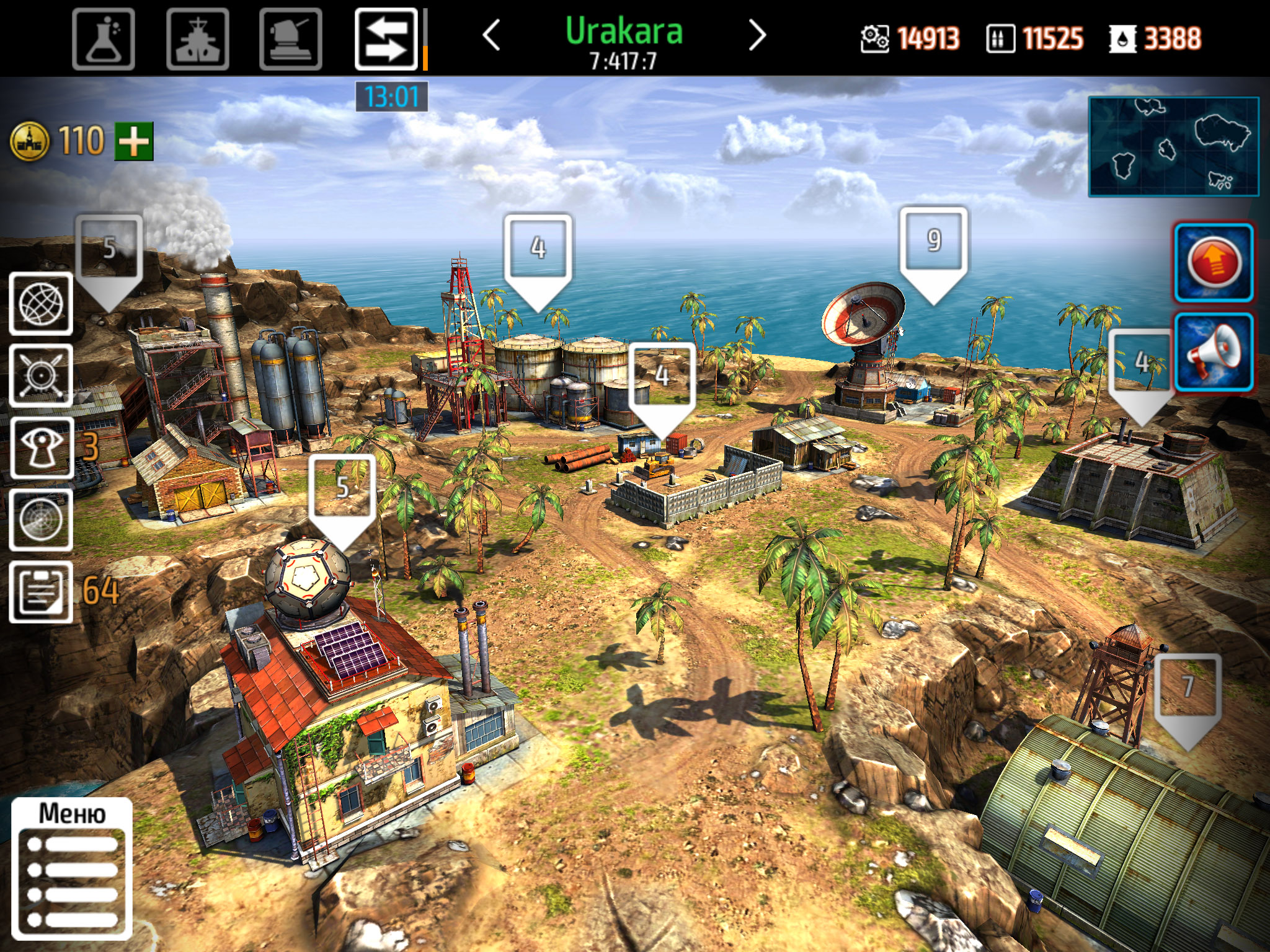
In principle, all markets are quite competitive now. The plus of hardcore mobile strategies is that there are a lot of games that make a stable profit, earn and live on a certain formed audience, while not being in the Top 10. People play these games for a long time, and since the end game in them is built on PvP, they tend to pay.
Of course, we have concerns. For example, because of the setting. According to the estimates of numerous industrial experts with whom I spoke, ships are a niche setting. And for most of the general audience, the game about ships is not interesting. So far, to be honest, we do not see this according to the first data, but it will collect information – perhaps it will manifest itself later.
On the other hand, there is less competition within the setting of “ships of no interest to anyone” than if it were another fantasy project. Plus, we have certain hopes related to the quality of the picture, because we have it at a fairly high level. Especially when compared with the mobile “travians” of the first wave, which are mostly 2D and, frankly, not very beautiful.
Due to the background, our relationship with 3D is simpler than that of most mobile developers. We originally came from PC development, where 3D can cook. Therefore, in Navy Power, we made a three-dimensional player base, made good water, which is dynamically calculated without taking away FPS. In general, it turned out quite well, if we talk only about visual quality. It remains to understand how important this is in the context of the platform, whether it plays any significant role.
From the previous orders that our team carried out, we got the impression that the mobile audience is much less receptive to graphics than in other market segments. Most likely, a beautiful picture will not be a USP, especially if we talk about strategies. Therefore, in Navy Power: Warships, we did not “kill ourselves” over 3D graphics. A significant part of the content remained two-dimensional. Ships, for example.
In the screenshots they are three-dimensional!
These are 3D model renderers. If they were 3D, the game would weigh more, and we barely got into acceptable parameters anyway.
How much is the size of the distribution?
About 200 MB.
A few years ago, many people were constantly talking about midcore. A direction that allows both casual players to adapt better to more complex genres, and hardcore players to have a little rest. During the time that travians exist, no midcore games in this genre have appeared on the market. Games with a low entry threshold. And that remains a problem. Have you thought about making the project more understandable to a wide range of players?
Travians have been around for a long time. The first samples appeared at the beginning of the century (it sounds like, ah!), in 2004, it seems. And in general, this is a successful attempt to transfer an ancient genre called 4X strategy to the multiplayer rails. The idea of midcore appeared much later, when the genre was already formed and, in general, it was not particularly noticed, it seems.
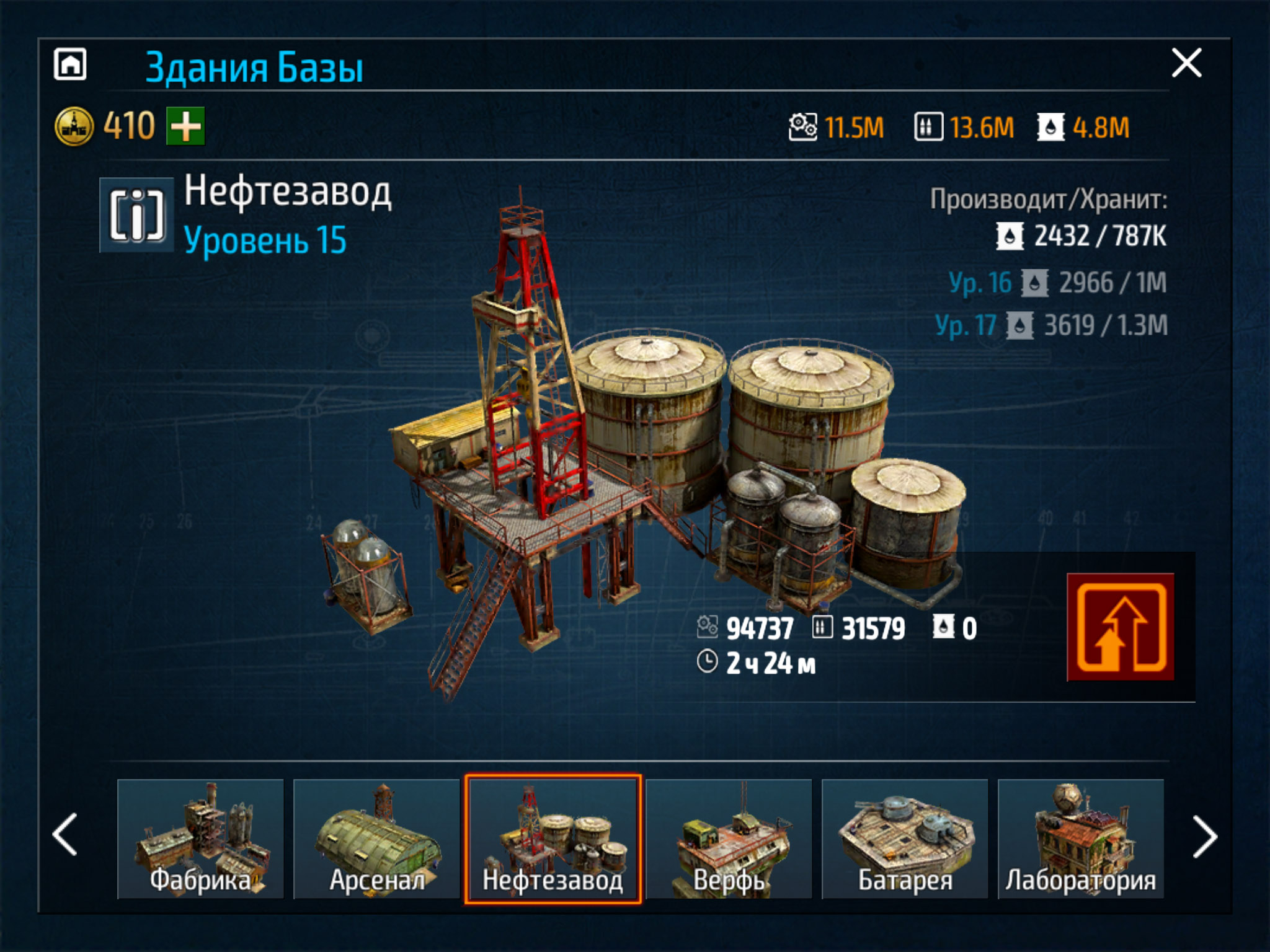
My personal opinion: it’s a pretty phantom idea that hasn’t worked anywhere in its purest form. In general, it probably had a positive impact: many developers of complex games began to make the UI clearer, to think about attracting a non-target audience (the target audience has always been well hacked in excel, she doesn’t care about all these innovations of yours). In general, the audience of complex games has expanded thanks to this, but there is no “philosopher’s stone”, that is, there is no universal game for both “casual” and “hardcore”, of course, this is a legend.
Plus, you have to understand that industrial standards are changing. Game of War can probably be called a midcore strategy by the standards of 10 years ago. Even, probably, casual. Moreover, for many players in large-scale 4X strategies on PC, it still seems schematic, unnecessarily simple.
For ourselves, we see a niche like this: there are people who go from one such game to another. They come and immediately start playing. They immediately begin to swing, pay, create clans and advertise them in the chat. These are people who are not playing their first travian. According to our starting audience in Navy Power: Warships, we see it well. The game is only 3 weeks old (at the time of the interview), advertising has not yet been included, and there are already several alliances that divide the central sector of the game world, have started fighting among themselves recently.
We are talking about competition within an established genre, and not about a serious increase in the audience, so we did not make attempts to create a new gameplay. We did a fairly detailed reverse engineering of several games, tried to understand how they work, looked at what mechanics they have, how the balance of resources, economy, and combat system is built. In short, they dug everything out, looked at it and took what they liked into their mechanics. Yes, it took more than two years of careful study of the genre, plus the fact that we have been engaged in strategies for 10+ years. It’s just by the way that, in general, reverse engineering is a little different from how ardent fighters with clones imagine.
But what about revolutionism or some unexpected features?
No, we are not acting as visionaries now and are not trying to do something revolutionary. We added a little more PvE, facilitated the initial period of the game for beginners, made the first actions of the player more understandable, worked on the interfaces, while maintaining a certain continuity of gameplay. We consider it important that the player understands what game he came to play and does not retrain.
The task of forming a new audience on the mobile platform for us at this stage is definitely not our scale of achievement. We decided to work with a certain well-established genre, try to understand the “rules of the game”, do it better and a little in our own way. We had no goals to do something “revolutionary” or, God forbid, “midcore”. I have no idea how to do it now. Maybe such an understanding will come as a result of some long-term experiences. However, I have seen many cases when the presence of such a “super-understanding” led people to great losses. This is somewhat sobering.
Tell me a little about the gameplay. How is it built, through what cycles is it conducted, where does the game begin, what are, relatively speaking, killer features compared to those projects that we know well (Game of War)?
Look, in general, there are several varieties of games within the genre, which is generally called “travians”. I actually use this word in quotation marks everywhere when I write documentation, because Travian, a 2004 game, is one thing, and modern “travians” are another thing. This is a whole galaxy of games, probably several dozen of them. They are noticeably different. It is clear that for the uninitiated reader, this is all like the differences in the plumage of starlings living in Montana. Nevertheless, they are different in gameplay, although similar in appearance, games. Navy Power: Warships is a representative of the direction that grew out of OGame. This is such a browser strategy about space. Quite an old project, 7-8 years old. In my opinion, it still exists.
In general, in Navy Power, the entire game world is built around dominance on the global map, that is, around PvP. There is a big enough world, a kind of sandbox. One world – one server. There are many points on it where you can create infrastructure and get resources. In our case, these are islands and archipelagos that are scattered in the ocean.
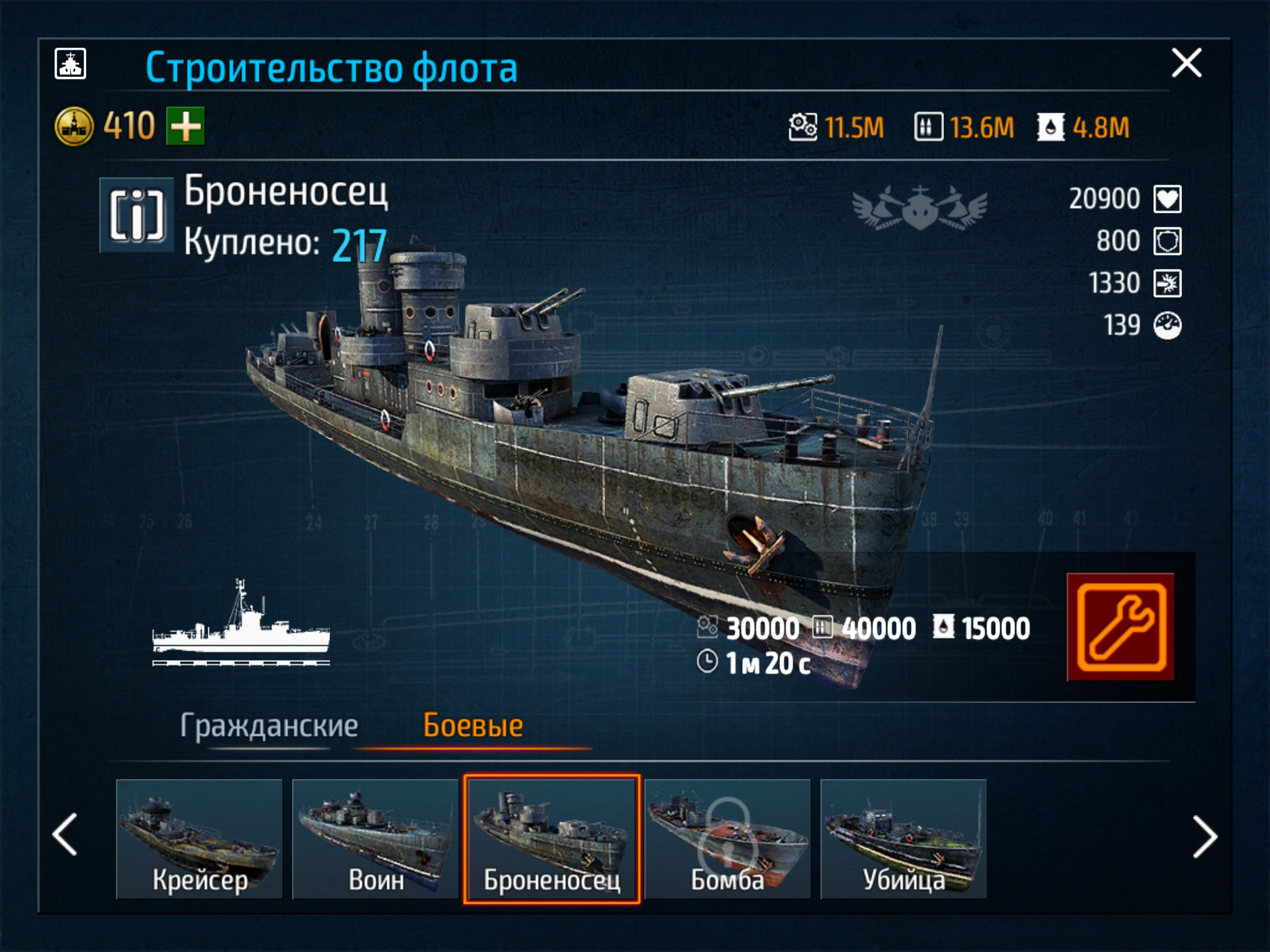
Each player starts from one island. He grows his base, slowly his opportunities increase, he creates a fleet, discovers new ships, builds buildings, performs tasks. He sails first to the neighboring islands at a short distance – there he destroys unpretentious NPCs, various pirates. Then the distance of hikes increases, races to neighboring archipelagos begin, because there are not enough delicious NPCs in their own. Here he faces other players in competition for resources.
In parallel, there is socialization and recruitment into clans, because the chat in our case is integrated into the game. At a certain stage, the player joins the squadron. Usually, in all such games, he is actively pushed to this. We also have it, it’s just that we have done it milder: it’s not necessary to join the squadron right away, we only suggest that they are here and you can join like this or create your own. Well, the work on attracting the squadrons is done by the players themselves, we already have half of the chat with this advertisement.
Then the audience is divided into several large cohorts. There is a cohort, conventionally called “Miners”. These are the players who play farm, the vast majority of them. I won’t say the figure for us yet, but according to estimates of other games, they are 70-80%. They just play farm, “pupating” in their little world and periodically somehow interact with the outside world. A smaller proportion of players play active PvP, participate in alliances with all related activities.
The interesting thing about such games is that they combine a fairly simple “grind” (base development, NPC farming) with a very deep strategic gameplay at a late stage. That is, the principle of easy to learn hard to master is very pronounced here. The rules of the game are simple and primitive (develop bases, build ships, attack pirates, move up the rating), but when a clash of strong players (or alliances) begins – that’s the most interesting thing. With fairly simple mechanics, the combinatorics of the game is at a very high level, and since all the opponents are alive, their actions are difficult to predict. Intelligence, planning, logistics of operations, coordination between formations – everything is fully as in a real war. It turns out such a complex staff game, probably this is what attracts players to “travians”.
Why is there no “action” in the game?
At the stage of project development, we received a lot of such feedback from colleagues in the workshop: “Your game is unfinished, because there is no action. Make beautiful three-dimensional fights, and everything will be cool.” In fact, it is undesirable to do this in this genre, because it is very important to observe the asynchrony of player interactions. There are usually no players online when there is a battle of squadrons. Either one or both…
And the visual interpretation of the fights?
We will probably get to a visual interpretation in some form, but here’s the point: if there is an automatic calculation of the battle, then you spend a significant part of the fights on the autocombat. And that means that at some point you stop watching these replays. It turns out that visualizing a fight just for the sake of watching a video is an expensive feature with a limited lifetime (sooner or later players will start skipping this video).
Investing a significant share of development in something that has a very short life span for a player is not very rational. But it all depends on the developer’s strategy. If the game is focused on getting a wow effect and quick monetization on it, then you need to do it. But travians, as we imagine them now, are focused on the long-term game of people who understand the genre, and monetization in the process at a fairly late stage. In terms of the wow effect simulation, we made a beautiful three-dimensional base to distinguish ourselves among other similar games.
I want to add that demanding to control the battle means putting players in unequal conditions: the one who can connect to the battle wins, and the one who rides in a minibus and outside of Wi–Fi loses. This is not quite right, as it seems to us.
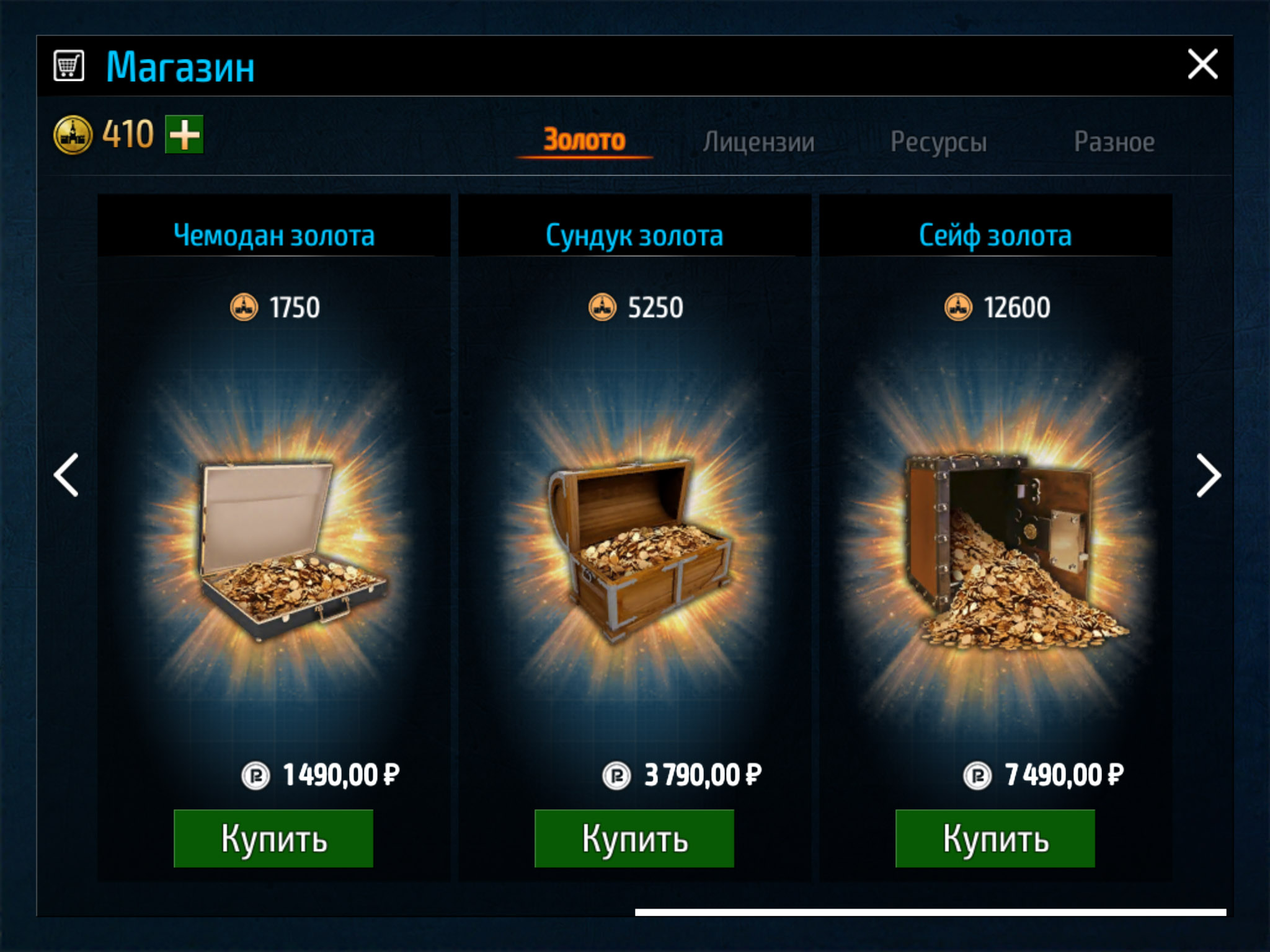
I judge by myself: for me, the main problem when I tried to get hooked on this genre was that there was no data about the fight. I’m used to seeing something when I attack, and I don’t get anything. The maximum is a small notification that I have defeated someone, which is not a fact that I will notice. Even the sign is often not there. Even in the most beautiful projects I don’t get feedback.
Just because this genre is not about battles. It’s about preparing for battle and about reaping its fruits. The “staff” genre. Not a field battalion, where everything is beautiful on horses jumping at each other, but about routine staff work. Yes, this is a feature of the genre.
Do you remember the original Sid Meier’s Colonization of 1994? There was no fighting there either, but when you jumped on another unit, a sign still appeared where they explained to you at least what had happened. You have so many units, they have so many units, the landscape is like this – so get these results. For new players, the absence of these “explainers” is a little stress, which additionally pushes them away from this genre.
We have instant notifications about events and reports after the battle. Our game immediately gives feedback, if something has happened, then you can already go and read the reports with figures. Accordingly, we will receive a message that there was a battle there and there for such and such an island. You go into this report, you look, you get some information about who won, who lost, with what losses. And you try to understand why it happened, what to do next time to improve the results, etc.
What’s in the game with killer features?
Killer features… We return to the question of revolutionism.
We did not position Navy Power: Warships in such a way that there are killer features that are the project dominant, and they will sweep away all obstacles from our bright path. In general, we strive to make a more understandable and more convenient version of a certain type of mobile strategy. And in terms of gameplay, there is no revolution there. There is an evolution. Therefore, we will leave the revolutionary path for the next project. Or better through one project. Perhaps later, when we get more comfortable on this platform, when we feel that we have something to say, so much so that everyone gasps… Definitely not now.
When will there be a full release? When will you realize that everything is starting, buying traffic and waiting for a million dollars?
Most likely, we will try to do everything carefully and consistently. We will probably start attracting traffic in February-March and we will do it carefully. Our task is to minimize risks, and since we are discovering a lot of new things along the way, we will do everything slowly and carefully. We are not a company that has released a bunch of mobile games, which has an established launch pipeline, which, if the product shows the right metrics, opens all the kingstones and immediately pours billions of users.
Our task is to grow the audience of the project, core–the audience interested in this game. Check how the game is kept in time by the players, whether the whole process starts to get boring after a month or two, because the user’s lifetime should be noticeably high. Big. This is not a two-week game.

This creates completely different challenges, because almost everything that exists needs to be completed, refined, developed. So far, the tasks are purely utilitarian. We look at metrics, and we will try to fix what we don’t like.
Has anyone ever been bombed by fans of the genre that you have a horizontal, not a vertical orientation of the screen?
No, I don’t remember such reviews. In general, yes, this is a killer feature, of course (laughs). There are reasons for this. In order for the normal panning of the base to be – you need a horizon, it doesn’t fit vertically in 3D, so we switched to horizontal orientation of the interface. In general, while the audience is not too large – then, probably, everything will be different – but we have very few negative reviews so far.
Clear. Thanks for the interview!
Thank you for your attention to our project! I hope that something of what was told about the Travians was interesting and useful.